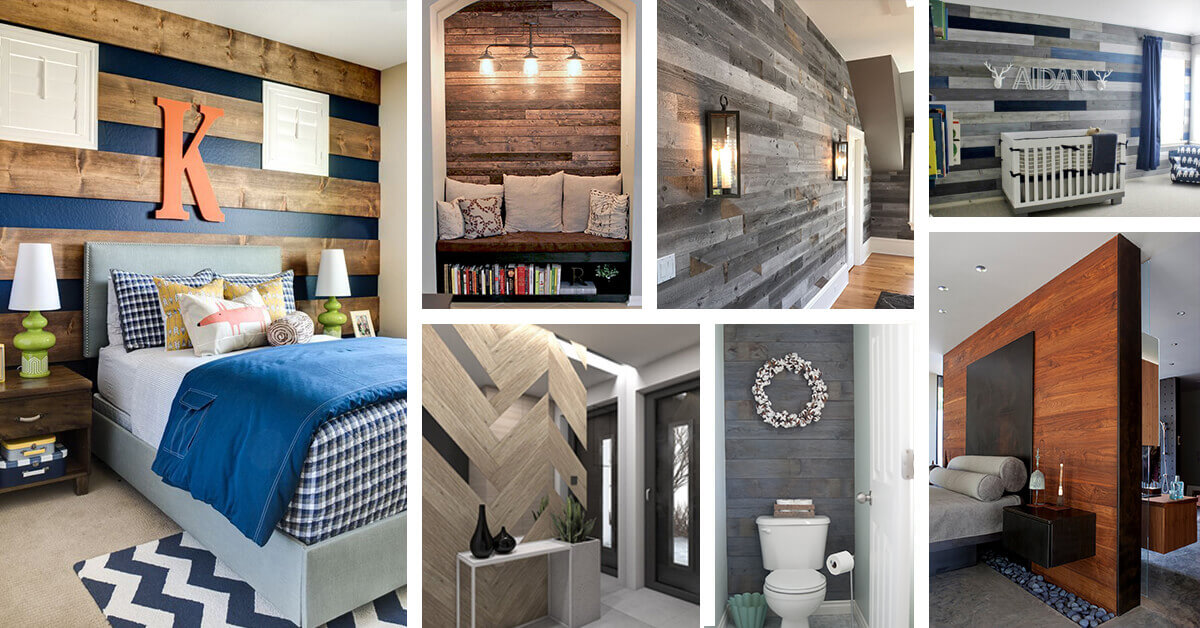Wood for walls could be used in new installations on top of whatever material is currently on the wall. This is possible because wood paneling is extremely thin. Usually under ¼ inch thick and needs only minor adjustment for outlet and trims if done properly. This is a great way to cover large areas quickly as each panel is rather big. Wood paneling are lightweight enough for a person to handle with ease.
Sizes:
All wood paneling comes in about 4 by 8 foot sheets. The bead-board and some kinds of wood paneling are usually make of thin lumber. These are usually between 3 to 7 feet in width with an average thickness of 3/8 inches. Standard sheets of paneling could vary from approximately 1/8 inch in thickness to 3/8 inch for highest quality of veneer. Wood wall paneling may come in a wide variety of lengths and sizes. Most usual for tongue, groove and shiplap may be a random length as structure of grooves allows for tight joins. The batten and board usually comes in 8 foot length as the application to the wall is frequently vertical. The tongue, groove and shiplap could be put on the walls in either vertical or horizontal fashion.
Types:
Many wood paneling are similar and varying only in type and quality of wood. Durable veneer sheets are very thin and cover up lower quality sheet of wood, which serves as the base. Another option is to use paper skin on the low quality base. Other types are make from extremely thin durable strips of lumber, commonly about 3 to 6 feet wide. This strip is fitted with groove and tongue edges in order to fit. It is the most costly type available because it is solid wood rather than the plywood.
Factors to Consider:
Wood paneling must not use in several environments because of humidity and other ecological factors. It must not be used in the bathroom as wood is quite absorbent. Wood wall paneling comes in several styles, species and could finish in variety of ways, paint or natural. The application to the wall could also achieve by a large number of methods, groove and tongue, shiplap, reverse board and batten and board and batten. Wood wall paneling could also strengthen the structure to storms and high winds.
Functions:
Despite of different materials and styles, the wood wall paneling starts at sawmill and is cur in large drying kilns. From kilns, the board of wood all paneling are planned to thickness and done to the right width. Throughout the sizing of width, the board is then edge to suit type of paneling, to put on wall.
Features:
Certain species may be applied to homes, which may have pest problem as several woods are resistant to insects. The Cypress and Easter Red Cedar are the two wood varieties both rot resistant and provides deterrent to insects infestation.

